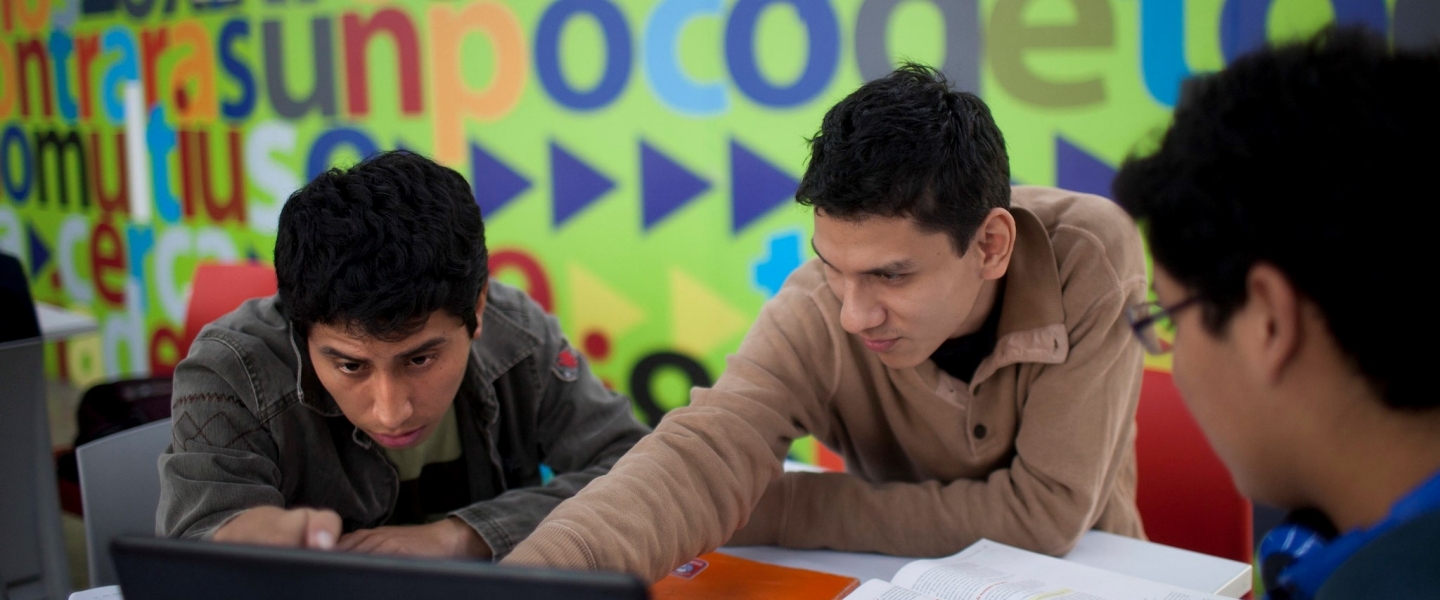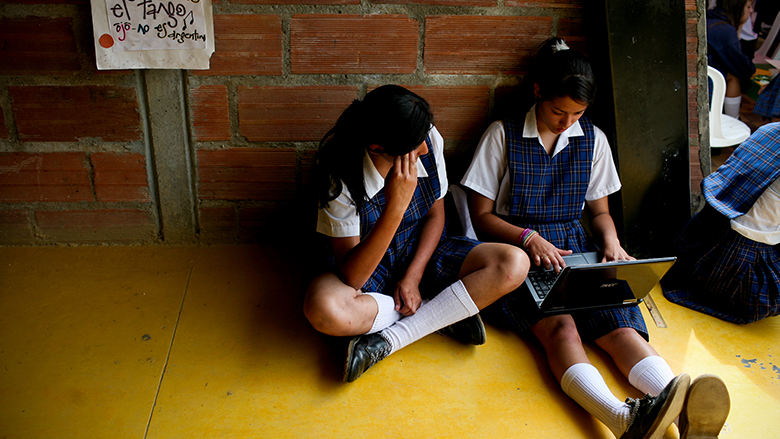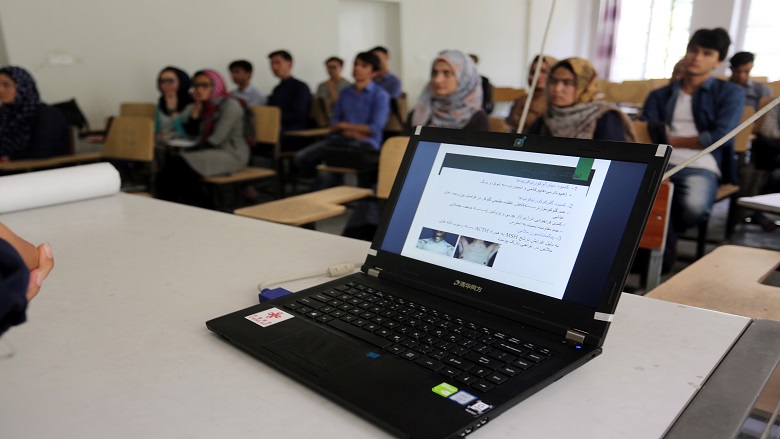Tertiary education refers to all formal post-secondary education, including public and private universities, colleges, technical training institutes, and vocational schools. Tertiary education is instrumental in fostering growth, reducing poverty, and boosting shared prosperity. A highly skilled workforce, with lifelong access to a solid post-secondary education, is a prerequisite for innovation and growth: well-educated people are more employable and productive, earn higher wages, and cope with economic shocks better.
Tertiary education benefits not just the individual, but society as a whole. Graduates of tertiary education are more environmentally conscious, have healthier habits, and have a higher level of civic participation. Also, increased tax revenues from higher earnings, healthier children, and reduced family size all build stronger nations. In short, tertiary education institutions prepare individuals not only by providing them with adequate and relevant job skills, but also by preparing them to be active members of their communities and societies.
The economic returns for tertiary education graduates are the highest in the entire educational system – an estimated 17% increase in earnings as compared with 10% for primary and 7% for secondary education. These high returns are even greater in Sub-Saharan Africa, at an estimated 21% increase in earning for tertiary education graduates.
As the youth population continues to swell and graduation rates through elementary and secondary education increase dramatically, especially in regions like South Asia, Sub-Saharan Africa, Latin America, and the Middle East and North Africa, there is an intensifying demand for expanded access to tertiary education of good quality. Diversification of institution types and delivery modalities will become increasingly more central to meeting this expanded demand. Tertiary technical and vocational education and training, as one example, can provide an effective and efficient complement to traditional university studies in providing students with skills and knowledge relevant to the labor market.
Governments are increasingly recognizing that the entire educational system – from early childhood through tertiary education – must reflect and be responsive to rapidly evolving social and economic demands and needs within an expanding globalized knowledge economy, which increasingly demands a better-trained, more skilled, and adaptable workforce.
There are around 222 million students enrolled in tertiary education globally, up from 100 million in 2000. In Latin America and the Caribbean, the number of students in tertiary education programs has increased since the early 2000’s, but quality concerns remain. In Sub-Saharan Africa, enrollments have doubled every twenty years since the late 1970s. This massive growth remains critical as a student with a tertiary education degree in the region will earn more than twice as much as a student with just a high school diploma over a lifetime, though, of course, a variety of factors such as social capital and networks, institution quality, and academic program selection are among the factors that lead to notable heterogeneity of outcomes at for individual students in every country.
Across the expanding pool of graduates of tertiary education, matching the skills developed today to the needs of the labor market of both today and of the future remains a major challenge. At the same time, expanded enrollments increase the strain on publicly funded institutions of higher learning, and many countries with limited resources are struggling to finance the growing needs of a larger student body, without compromising the quality of their educational offerings. Tertiary education also remains out of reach for many of the world’s poorest and most marginalized. In Latin America and the Caribbean, on average, the poorest 50% of the population only represented 25% of tertiary education students in 2013. In Sub-Saharan Africa, only 9% of the traditional aged cohort for tertiary education continues from secondary to tertiary education – the lowest regional enrollment rate in the world.
Countries all over the world have undertaken major restructuring of their tertiary education systems to enhance their reach and effectiveness. However, progress has been uneven. All countries engaging in strategic reforms of their tertiary sectors benefit from ensuring that their national strategies and policies prioritize equitable access, improved learning and skills development, efficient retention, and considerations of the employment and education outcomes sought by graduates and the labor market. Both policies and academic degrees need to be strategically tailored to fit the needs of the local society and economy. Only then can governments realize the gains in primary and secondary school attainment through tertiary education access and progression and turn these successes into increased and sustained economic and social development.
Last Updated: Apr 21, 2025



